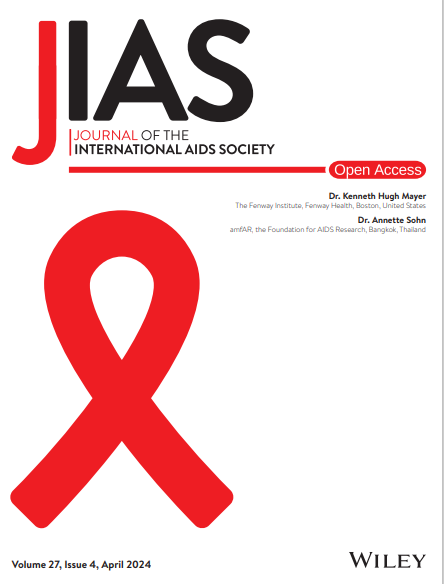Occupational post-exposure prophylaxis among healthcare workers: a scoping review of factors affecting optimal utilization
Abstract
Introduction
Post-exposure prophylaxis (PEP) is an efficacious prevention method when initiated promptly after an HIV exposure. Yet, PEP has been underutilized, even among healthcare workers (HCWs) with occupational exposure in sites with PEP policies and procedures and access to PEP medications. It is important to understand the dynamics of uneven PEP use in what appears to be an optimal context to better protect the health and wellbeing of HCWs.
Methods
We conducted a scoping review to elucidate factors influencing HCWs’ use of PEP after occupational exposure. We searched PubMed, PsychInfo and Google Scholar for peer-reviewed literature published in English from 2014 to 2022 using the terms HIV, postexposure/post-exposure prophylaxis, acceptability, healthcare workers, and values and preferences. An inductive narrative review of the resulting 53 studies identified core themes.
Results
Nearly all studies (96%) with various HCW types and settings occurred in low- and middle-income countries (LMICs) in Africa and Asia. Identified themes arrayed along a trajectory of PEP use experience: awareness/knowledge; acceptability; availability/access; uptake/use; adherence/completion. Across studies, awareness of PEP for HIV prevention was high, knowledge about drug regimens and healthcare facility policies was moderate to low; acceptability of PEP was moderate to high; PEP's perceived accessibility/availability was inconsistent and varied by geographic location and setting; HCWs’ uptake of PEP was low, affected by not knowing how to report an exposure and being unaware of PEP availability; and adherence/completion of PEP regimens was moderate to low, impeded by side effects and a belief that completing regimens was unnecessary to avert seroconversion. HCWs consistently expressed concern about HIV stigma.
Discussion
Findings are limited by the inconsistent use of constructs across studies and a lack of clarity about reporting exposure events. Multi-level approaches are needed to address the interplay of individual, social and structural barriers that diminish HCWs’ PEP use. Improved training, incident reporting, 24-hour access to non-stigmatizing PEP services and monitoring of adherence/completion are essential to optimizing HCWs’ PEP use.
Conclusions
Lessons from HCWs’ experience in LMICs may inform understanding of PEP under-use among people in these settings with non-occupational exposures.

 求助内容:
求助内容: 应助结果提醒方式:
应助结果提醒方式:


